
Strategies to Reduce High Bounce Rate and Boost Engagement. Part 1
Search engines like Google use bounce rate as a negative ranking signal. If users leave your site quickly after landing on it, your page may drop in search rankings. This article explores proven methods to reduce bounce rate and improve user engagement.
What Is Bounce Rate?
Bounce rate measures the percentage of visitors who leave your site after viewing only one page. This can happen if users find what they need immediately or if your site fails to meet their expectations. Google Analytics calculates bounce rate based on user activity:
- Bounce Rate = (Number of Bounces / Number of Sessions) × 100
- A "bounce" occurs when a user makes only one request to the server without interacting further.
However, if event tracking is enabled, actions like form submissions or video plays may still count as bounces if the user doesn’t navigate to another page.
When Does a High Bounce Rate Matter?
A high bounce rate isn’t always bad. For example, if users find a phone number or price quickly and leave, this can still indicate success. However, if your site relies on multi-page visits, a high bounce rate can harm your performance.
Average bounce rates vary by industry:
- E-commerce sites: 20-40%
- Single-page landing pages: 70-90%

30 Ways to Reduce Bounce Rate
1. Fix Usability Issues
Identify and resolve problems that frustrate users, such as:
- Difficult navigation
- Broken forms or links
- Slow-loading pages
Use tools like Google Analytics or Labrika’s Behavioral Factors Report to pinpoint issues.
2. Improve Website Navigation
Make it easy for users to explore your site:
- Use visible menus and sticky headers
- Limit nested menu levels to 3 clicks
- Add a search bar for quick access

3. Use Internal Linking
Encourage users to visit other pages by linking related content. For example:
- Link blog posts to product pages
- Make your logo clickable to the homepage
- Add anchor links for easy scrolling
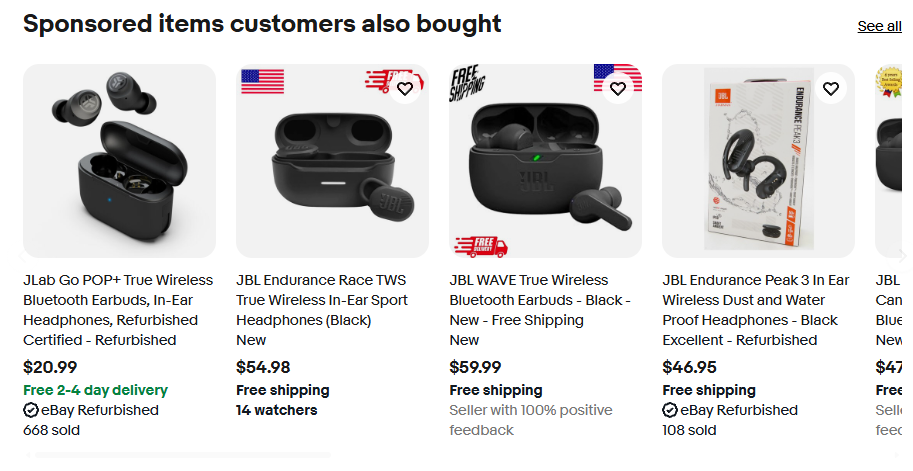
4. Design Attractive Landing Pages
Your landing pages should be visually appealing and functional:
- Use complementary color schemes
- Choose readable fonts (16-22px for body text)
- Optimize for mobile devices
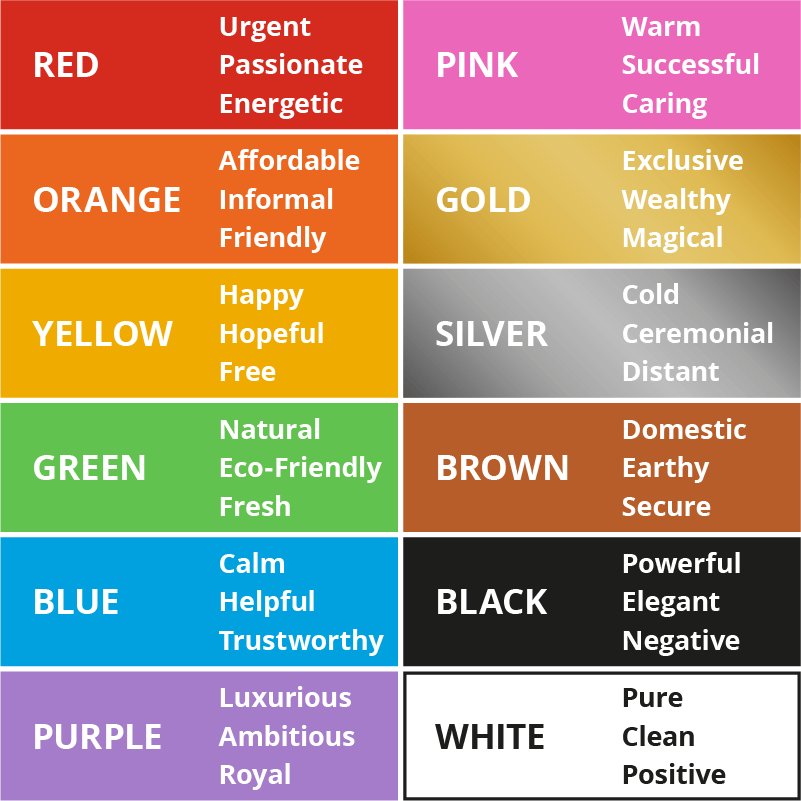
5. Use Clear Headings and Subheadings
Break up content with descriptive headings to guide users. For example:
- Use long-tail keywords in subheadings
- Structure content with H1, H2, and H3 tags
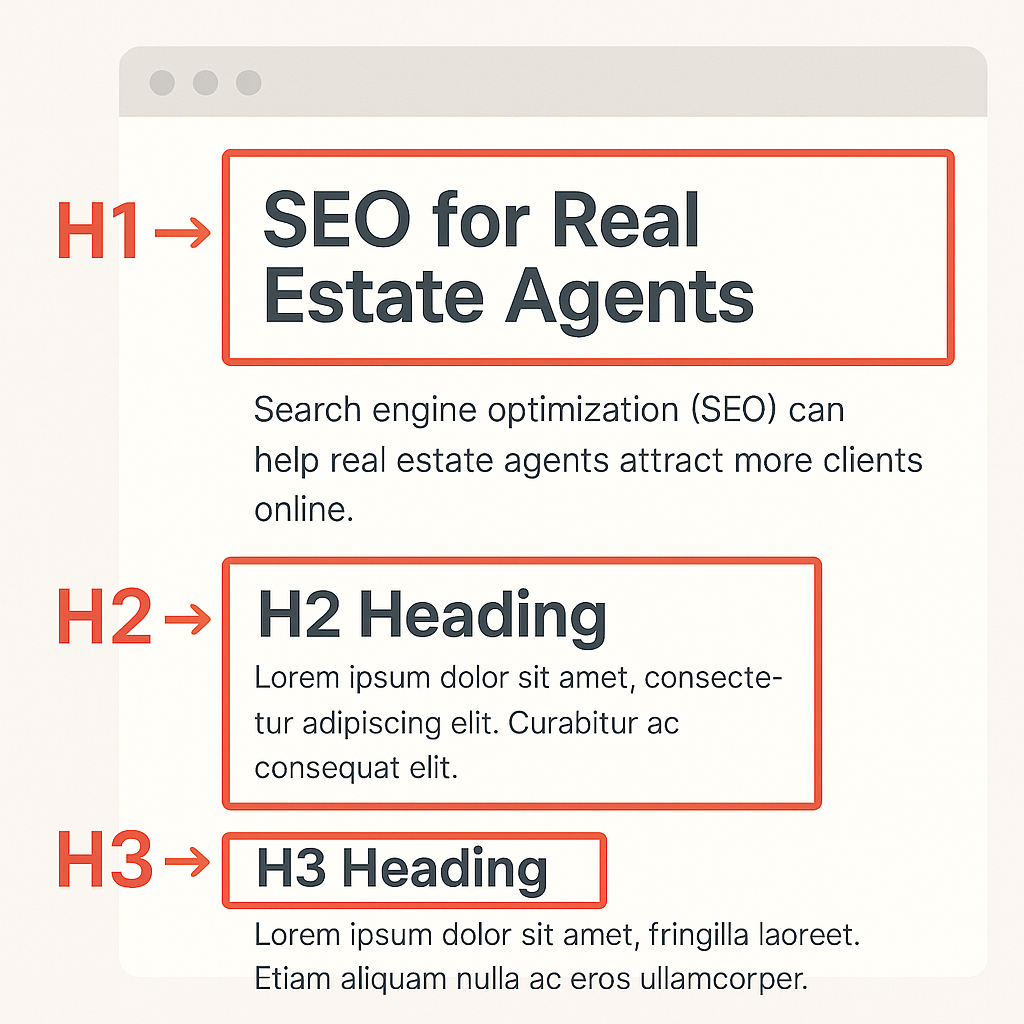
6. Target the Right Audience
Clearly define who your product or service is for. This reduces non-target visits and improves engagement.
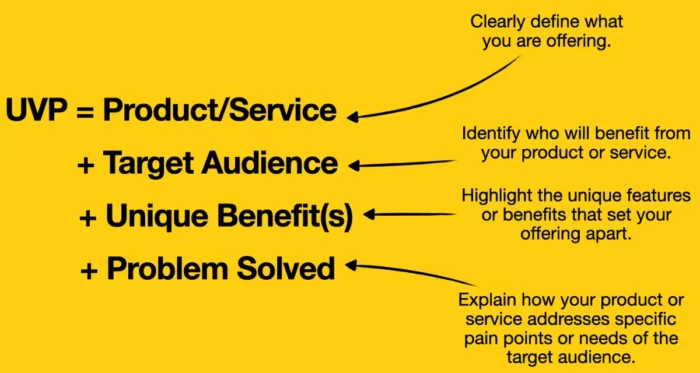
7. Avoid Long Paragraphs
Break text into shorter sections with:
- Bullet points
- Numbered lists
- Images and infographics
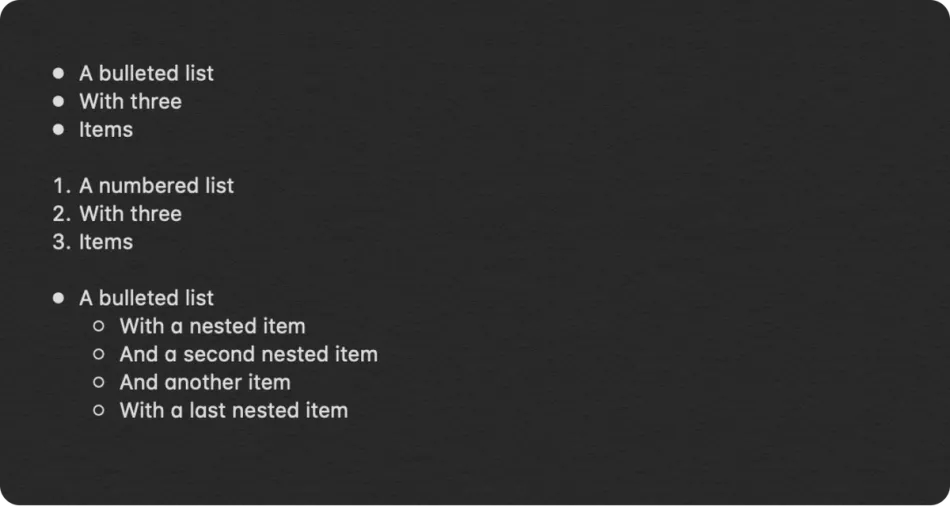
8. Optimize for User Queries
Ensure your content matches search intent:
- Analyze high-bounce queries in Google Analytics
- Optimize meta tags and headings
- Use Labrika’s Competitor Analysis tool for insights
9. Add Relevant Elements
Include features that match user intent, such as:
- Prices and product images for commercial pages
- Customer reviews and testimonials
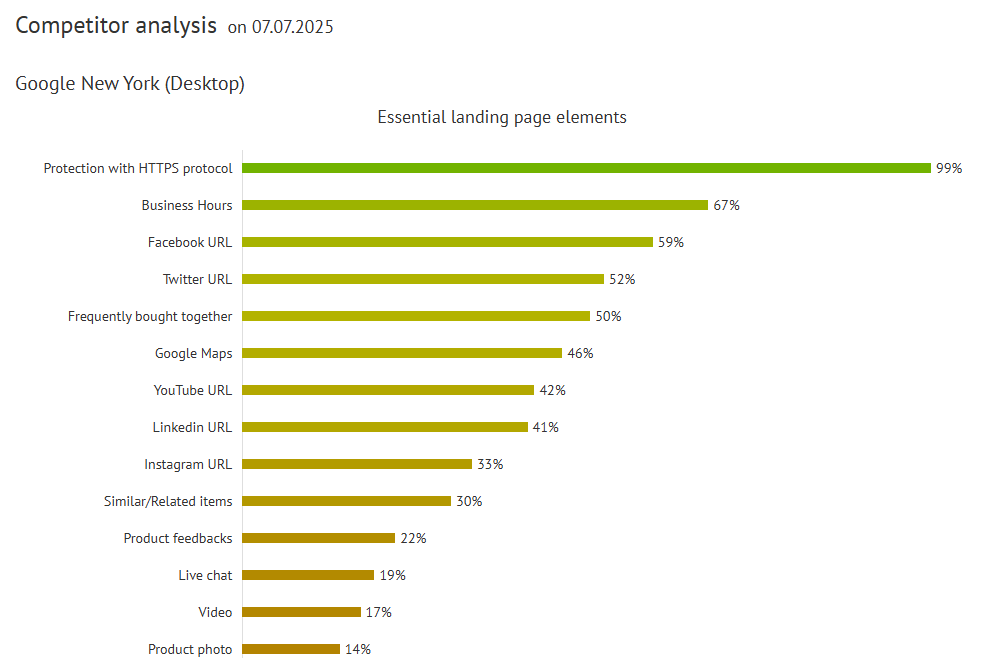
10. Publish High-Quality Content
Provide valuable, well-written content that avoids keyword stuffing. Use Labrika’s Keyword Stuffing Report to identify over-optimized pages.
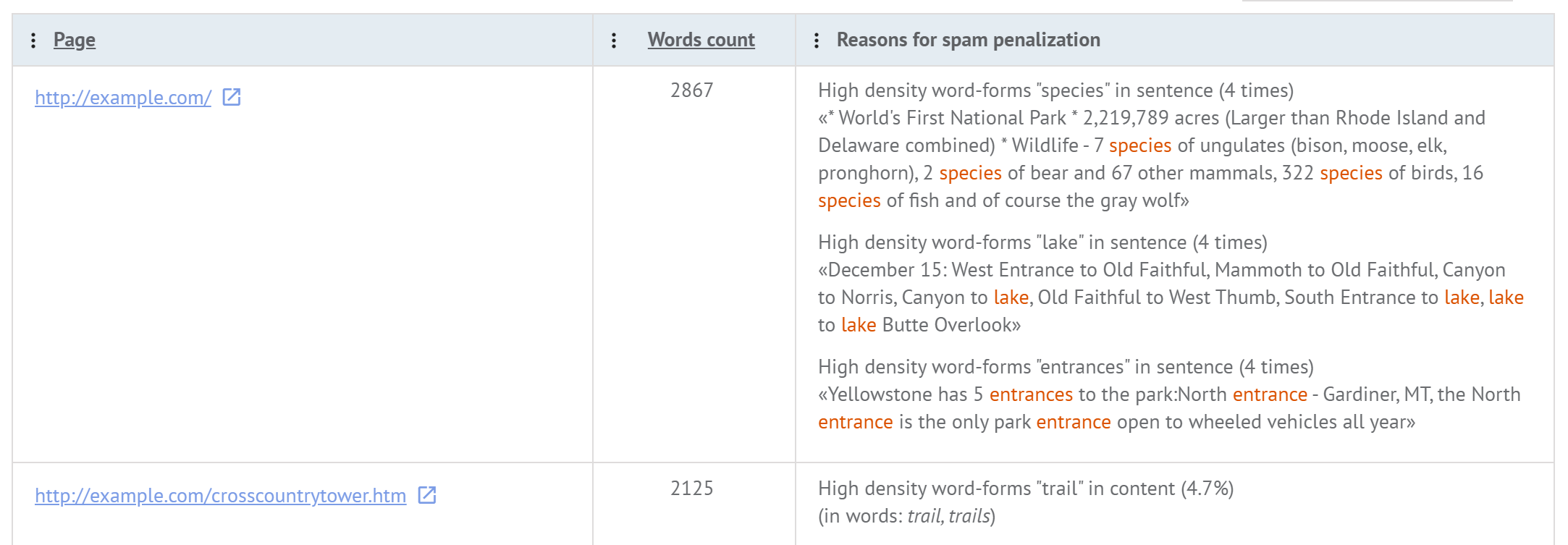
Conclusion
Reducing bounce rate requires a combination of improving website engagement, optimizing landing pages, and understanding user behavior. By implementing these strategies, you can keep visitors on your site longer and improve your search rankings. Tools like Labrika make it easier to analyze and optimize your site for better performance.
